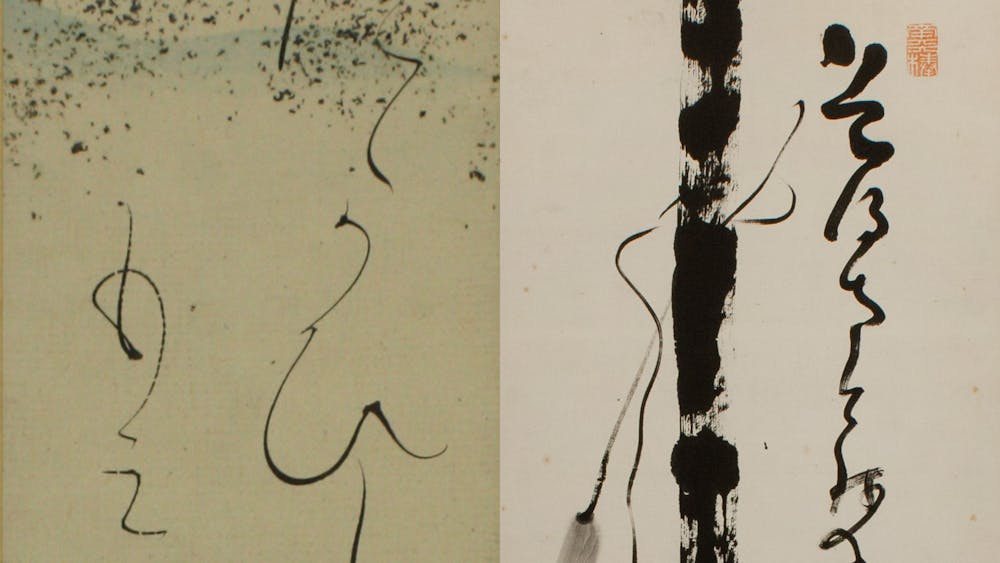A museum in North Carolina holds the largest Asian art collection in the southeastern United States.
Not only is this museum in North Carolina, it can be found right on UNC’s campus. And this collection is set to become even larger soon.
On Friday, the Ackland Art Museum will unveil its Lotus Moon and Nandina Staff exhibit. The collection features about 50 pieces from two Japanese artists prominent in the 19th and 20th centuries, Ōtagaki Rengetsu and Nakahara Nantenbō.
Like the location, the exhibit itself is also unique. Morgan Pitelka, the chairperson of the Department of Asian and Middle Eastern Studies at UNC, said the collection will display a type of art that isn’t typically appreciated as much in Western culture — the art form of calligraphy.
“All across East Asia, calligraphy is considered one of the highest art forms. It is just as prestigious as painting,” he said. “Whereas in the West, when you go to the British Museum or the MET, you’re very rarely going to see calligraphy exhibited alongside Monet’s paintings or something like that.”
According to Peter Nisbet, Ackland’s deputy director for curatorial affairs, both Rengetsu and Nantenbō created tens of thousands of calligraphic pieces during a period of great social upheaval. They were also both Buddhists, with Rengetsu coming from a Buddhist nun background and Nantenbō being a Zen priest.
However, he said it isn’t these similarities that will be the highlight of the show, but rather their stark differences.
“One is a woman, the other’s a man. (Rengetsu) is known for small-scale works with poems rendered in a delicate script. Whereas Nantenbō is known for really expressive, energetic brushwork often on a much larger scale,” Nisbet said.
The exhibit will take place in the large gallery where Ackland primarily displays Asian art and includes calligraphic scrolls, ceramics and poetry in the waka verse form. Waka translates to "Japanese poem" in Japanese.




